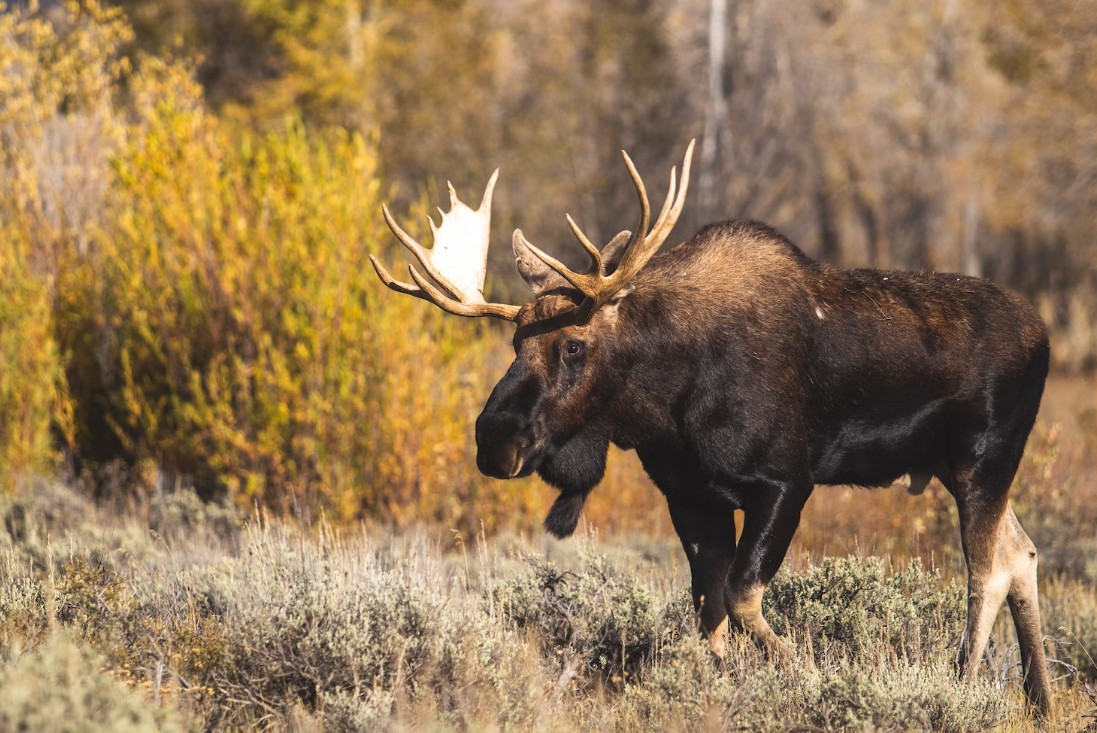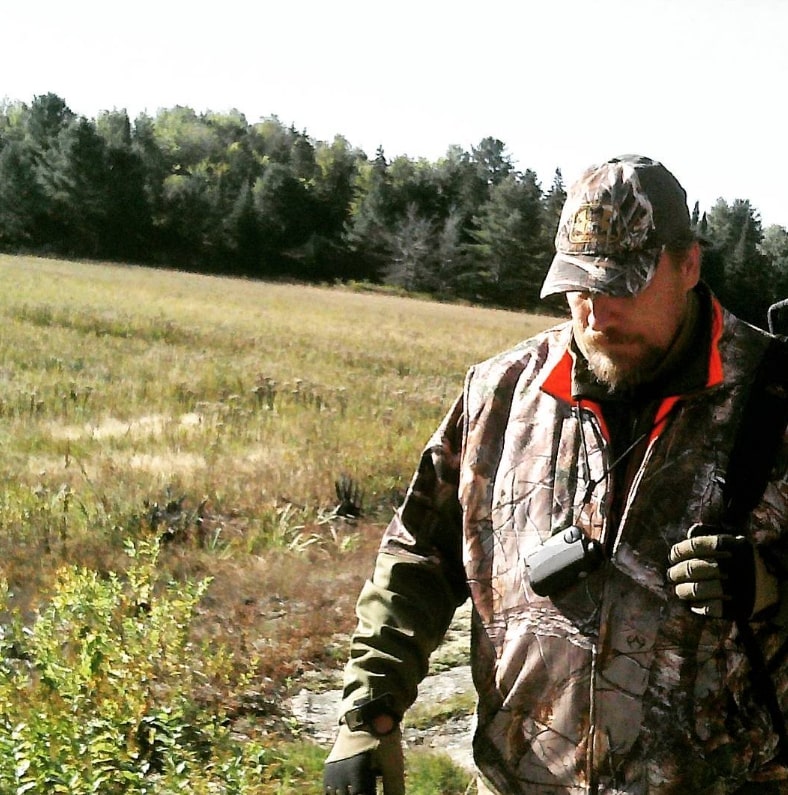Why do moose shed their antlers?


Why do moose shed their antlers?

The majestic moose, a true marvel of the deer family, has a remarkable life cycle that leaves us perplexed and in awe. Their stunning antlers, made of bone, are a sight to behold and play a crucial role in attracting mates and asserting dominance during breeding season. But did you know that moose shed their antlers every year and grow new ones? Yes, you heard it right!
The process of antler shedding, also known as antler casting, is a marvel of nature. It typically occurs in late fall or early winter, just after the breeding season has ended. The moose’s body, a finely-tuned machine, detects changes in daylight and hormone levels, signaling that it’s time to begin the shedding process.
The shedding process starts with the formation of a thin layer of cells known as the “abscission layer,” which develops at the base of the antlers where they attach to the skull. This layer separates the antlers from the moose’s body, allowing them to be shed. Next, the moose’s body begins to reabsorb the minerals and nutrients that make up the antlers, conserving energy and resources during the harsh winter months when food may be scarce.
As the reabsorption process continues, the antlers start to weaken and fall off in stages. The smaller branches or tines usually drop off first, followed by the larger main beams. Shedding their antlers allows the moose to conserve energy and resources during the winter months, directing their energy towards other essential activities such as finding food and staying warm.
The process of growing new antlers begins in the spring, controlled by a complex interplay of hormones such as testosterone, which stimulate antler growth. The new antlers are covered in soft, fuzzy skin known as “velvet,” which is rich in blood vessels and nerves providing the nutrients and support necessary for antlers to grow. The velvet also helps protect the antlers from damage during development.
As the antlers grow, the moose’s body works to mineralize and harden them, which takes several months. Once the antlers are fully developed, the velvet dries up and falls off, leaving the magnificent, branched structure we all know and love.
The annual shedding of antlers is an incredible part of the moose’s life cycle, allowing them to conserve energy and resources during the harsh winter months, grow new, larger antlers for the next breeding season, and avoid injuries. The complexity and intricacies of the moose’s antler shedding behavior are a testament to the wonders of the natural world, and we can only stand in awe and wonder at the majesty of these magnificent creatures.




